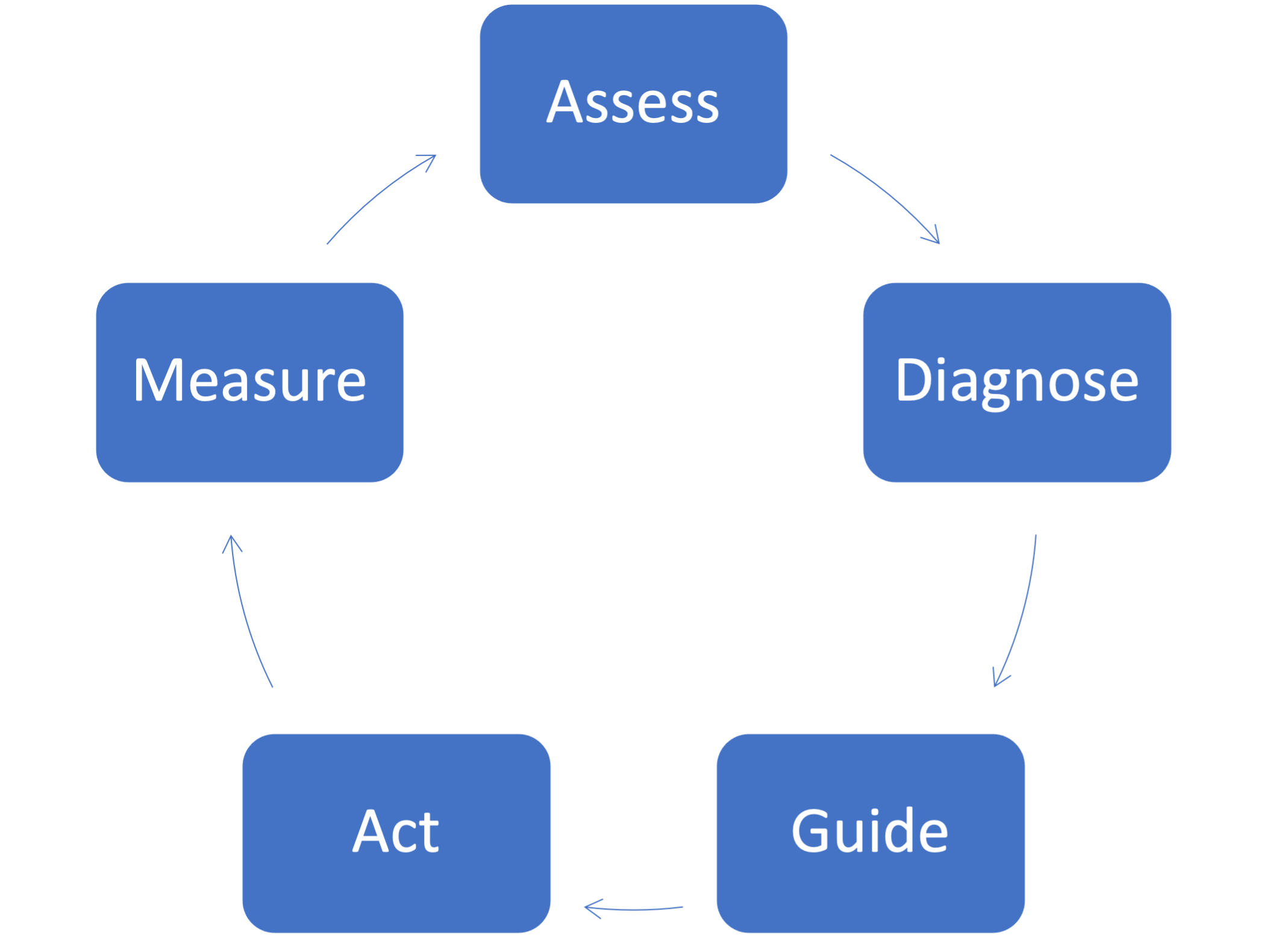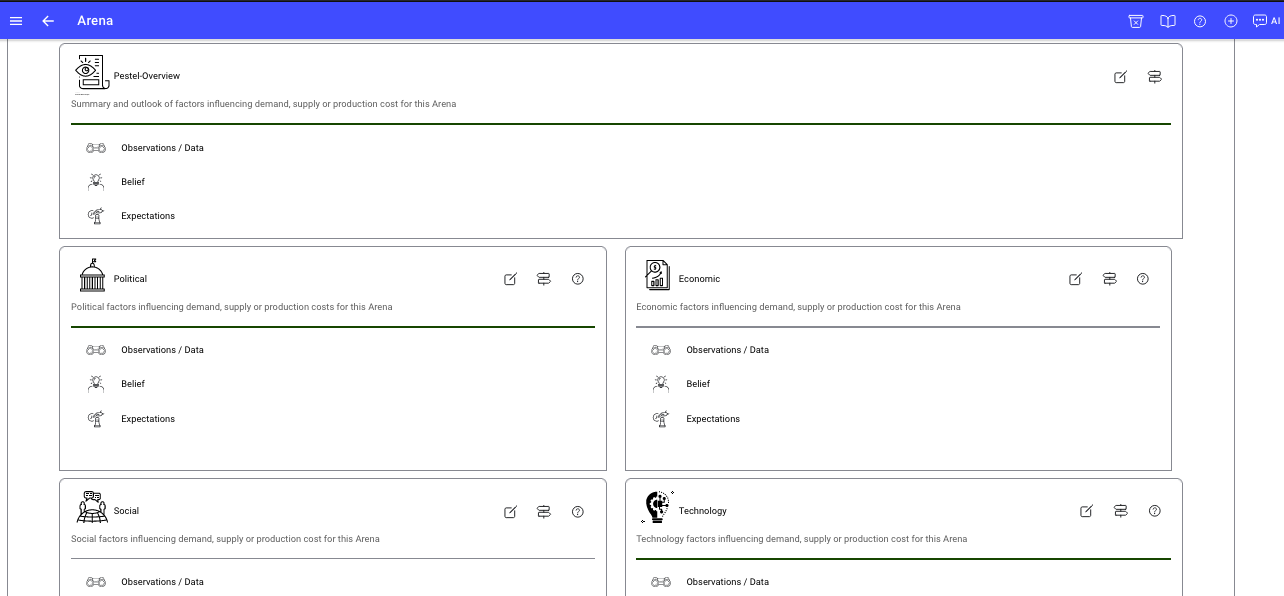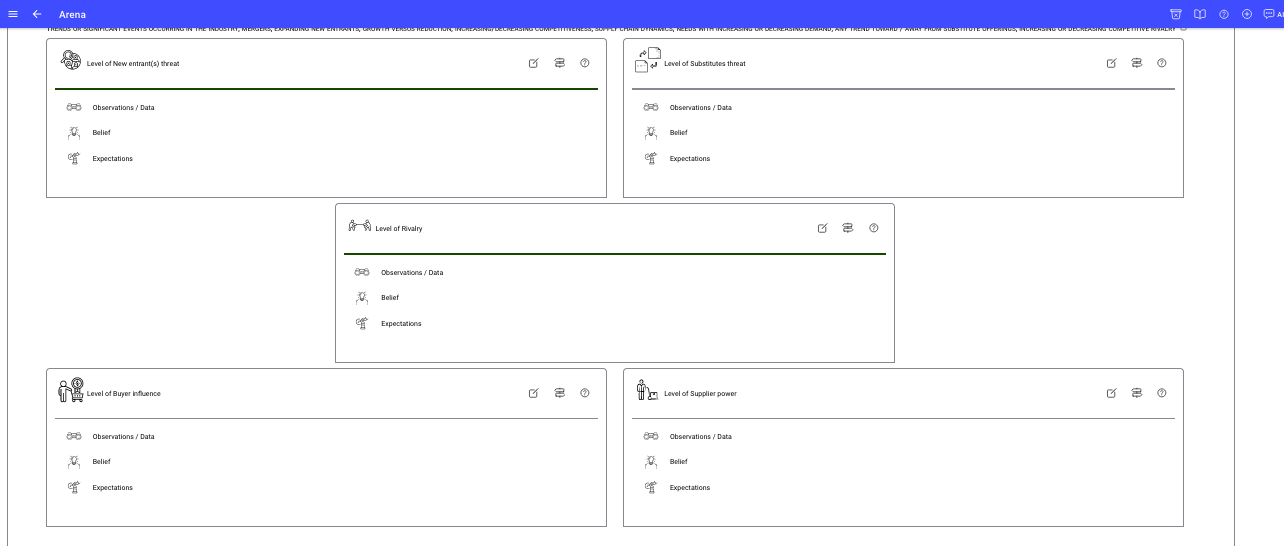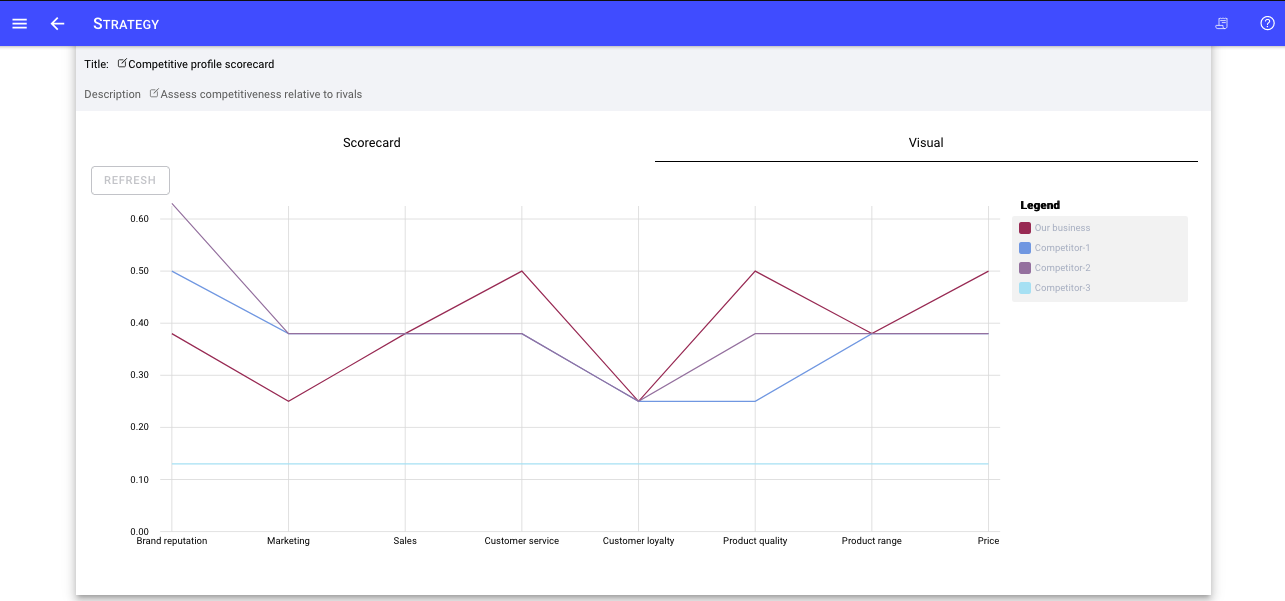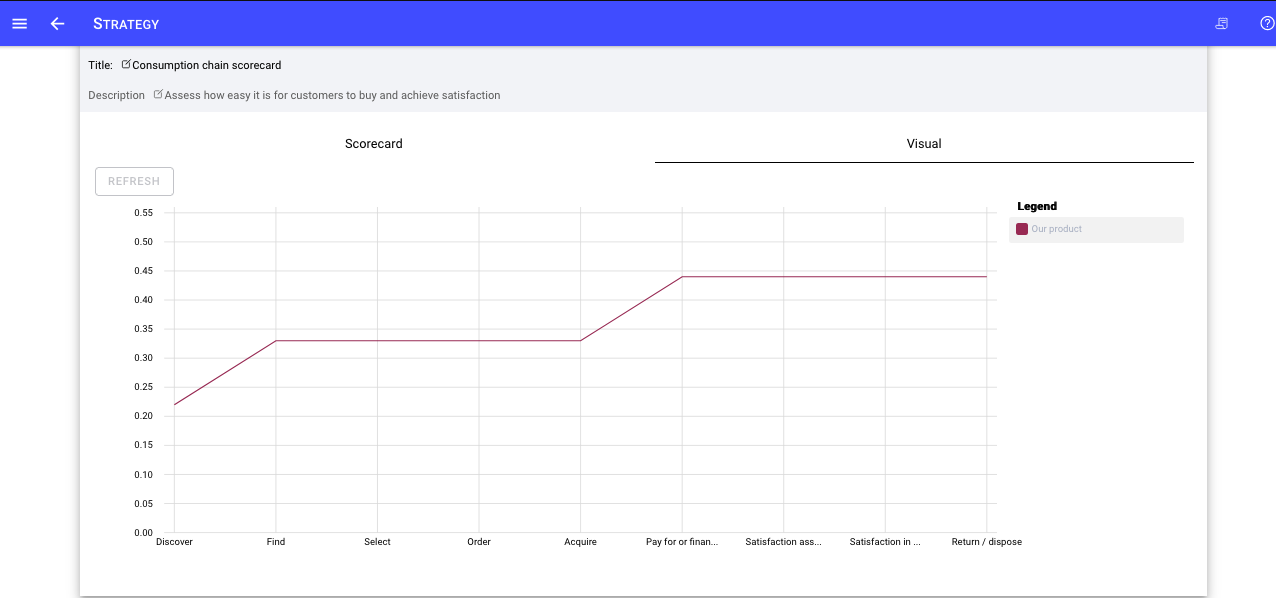In this section
-
Outline the stages of smarter strategy execution.
-
Identify the recognized tools you can use and how to apply them in StrategyCAD™
Having created your strategic choices, you have defined the identity of who your business is and its blueprint for success. This is a crucial foundation step to create valuable clarity and focus. Following that one of the most essential activities for a strategic leader is to play the role of the business physician. As the business physician your and your leadership team assess the health and establish a prognosis (a forecast or prediction of health) of the business. The strategic leader starts out considering questions like these:
If we keep doing what we are doing
-
Where will we be in 1-, 2- or 3-years’ time?
-
Will we be winning with our target market or losing against the competition?
-
Are we on a path to success or doom?
-
Is our business healthy or sick?
-
What is it about our strategy that explains our state of health?
Responses to some of these types of questions, may trigger updates to your Strategic choices. That is, if choices are Strategy formulation then insights from execution or implementation remain connected to and influence formulation. Formulation and execution are continuums of the same thing - building a valuable business.
Business strategy execution delivers superior results when it is focussed upon allocating the time, talent and other resources of the business on the most substantial issues constraining business performance or the most substantial opportunity to advance it.
Assess
To do that, the strategy team need to assess the external and internal environment and make a diagnosis.
The assessment section of this guide - will elaborate a structured and systematic approach to assessment.
Diagnosis
The diagnosis answers the questions
-
What is going on here?
-
What is the most substantial issue or issues holding us back or what is the most substantial opportunity to advance the business?
The diagnosis section of this guide - will demonstrate how you can capture your diagnosis.
Guiding policy
With a diagnosis in place, the master physicians define a "treatment policy". Imagine a patient diagnosed with a chest infection. The physician will outline a policy along the lines of
- Get plenty of rest and avoid strenuous exercise
- Drink plenty of fluids
- Use the bronchodilator inhaler I have prescribed every 4 hours
- Use aspirin to control your fever
- If your condition does not improve over the next 2-3 days come back for an assessment
- If you become painfully short of breath - call an ambulance.
and so on
The policy defines the things the patient should and should not do to resolve their situation, without being overly prescriptive on exactly what to do.
The guiding policy section of this guide will provide details of the tools you can use to define your guiding policy for your strategy execution.
Act
The patient then needs fulfill the policy with action. Take the rest, use the bronchodilator, drink the fluids etc.
Measure
The patient monitors if they are feeling better to validate the policy and actions are working.
Review how StrategyCAD™ enables your team to create smarter and more methodical execution.
Assess | Diagnose | Guiding policy | Act | Measure
